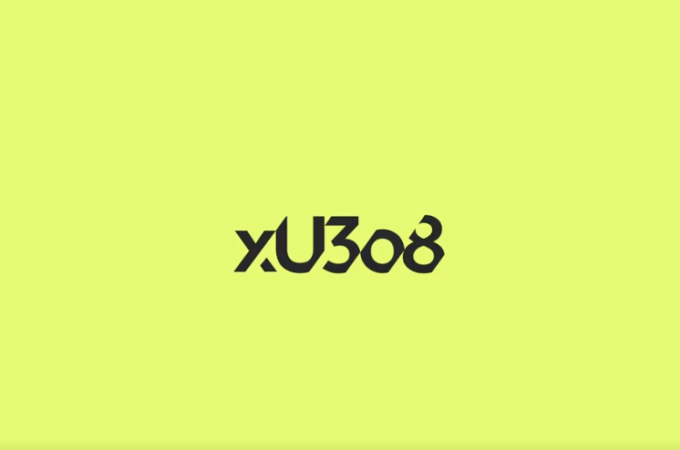
When Blockchain Tech Meets Robo-Advisors
By Reuben Jackson
Since the 2008 global financial crisis, the financial sector has experienced major disruptions thanks to the emergence of cutting-edge technology in AI, Machine Learning, and Blockchain. In the investment arena, AI and its subset of Machine Learning have given us robo-advisors while blockchain technology is the mother of all cryptocurrencies.
Robo-advisors are superpower computer algorithms with the capability of making financial decisions such as stock picking a million times better than any human. Cryptocurrencies, on the other hand, are digital currencies that can transparently be used for peer to peer transactions without intermediaries and can be traded as a commodity for profit.
Similarities between cryptocurrencies and robo-advisors.
First, both the blockchain technology and the robo-advisors gained momentum after the 2008 financial crisis. According to Wade Slome, CFA, CFP, and the founder of Sidoxia Capital Management, the 2008 financial crisis took a heavy toll on retiring baby boomers, making them lose confidence in financial advisors and starting to look for alternatives.
With most human financial advisors taking as much as 3.0% in fund management and 20% in incentives and with some of the best robo-advisors charging as low as 0.00% in advisory fees, the investors didn’t have to look far. Robo-advisor tools have since then become the most important tool for financial advisor and the growth of robo-advisors has become steady.
Just like the robo-advisor, Bitcoin — the first cryptocurrency — was introduced back in 2009 by an unknown person identified as Satoshi Nakamoto. The Founder published a paper titled “Bitcoin: A Peer-to-Peer Electronic Cash System” detailing how the world financial system could be decentralized to eliminate financial intermediaries such as banks, central banks, and governments. The Nakamoto idea came at a tumultuous time when people were losing faith in the centralized institutions because of their role in the financial crisis.
As we have seen, both the idea of robo-advisors and the idea of cryptocurrencies were precipitated by a pressing need, which explains why they have been on an upward trend since then. While the two are still undergoing refinement to fit in with mainstream society, they have come a long way and have a very promising future.
Solutions bringing cryptocurrencies and robo-advisors together
In the most basic form, the powers of a robo-advisor can be applied to trade cryptocurrencies in the same way it is applied to trade stocks. Investment decisions such as stock picking involve a thorough and fast analysis of huge amounts of data for trading insights. Robo-advisors apply AI and Machine Learning for analysis and trade execution.
Cryptocurrency traders can leverage AI and Machine Learning to scrutinize the market data which drives cryptocurrency value as well as to execute trades basing on the insights derived from this data. Given that the crypto markets mostly depend on speculation rather than underlying fundamentals, AI-driven algorithms which can scan the market for tradable news and execute trades can be very helpful.
Signals, an Ethereum based blockchain platform, is working on a project which will make it possible for crypto traders to leverage the power of AI and Machine Learning in trading. With the Signals platform, traders will only be required to select trading strategies and leave the big data analysis and decision making to highly accurate computer algorithms.
Robo Advisor Coin is another example of an AI-driven blockchain platform. It was first released in 2014 and is in its latest stages of development. Once released, it will be able to apply AI and Machine learning to make crypto markets predictions and utilize blockchain technology to verify the integrity, accuracy and the authenticity of these predictions. The Robo Advisor Coin algorithms have been tested against historical data and proven to have an excellent track record.
Numerai, an AI driven hedge fund, is also utilizing cryptocurrencies to reward data scientists who contribute to the development of its algorithms. The Numerai model involves sharing encrypted data with developers to enable them to build models that are able to make better trades and in turn get rewarded with the platform’s token.
As robo-technology and blockchain continue to grow, there is a high likelihood that there are many more innovative solutions combining the two technologies yet to come. Certainly, major disruptions resulting from the combination of the two technologies are not very far off given the rate at which they’re advancing. It is therefore correct to say that this is an opportunity for innovators and investors to capitalize on the first mover advantage.





